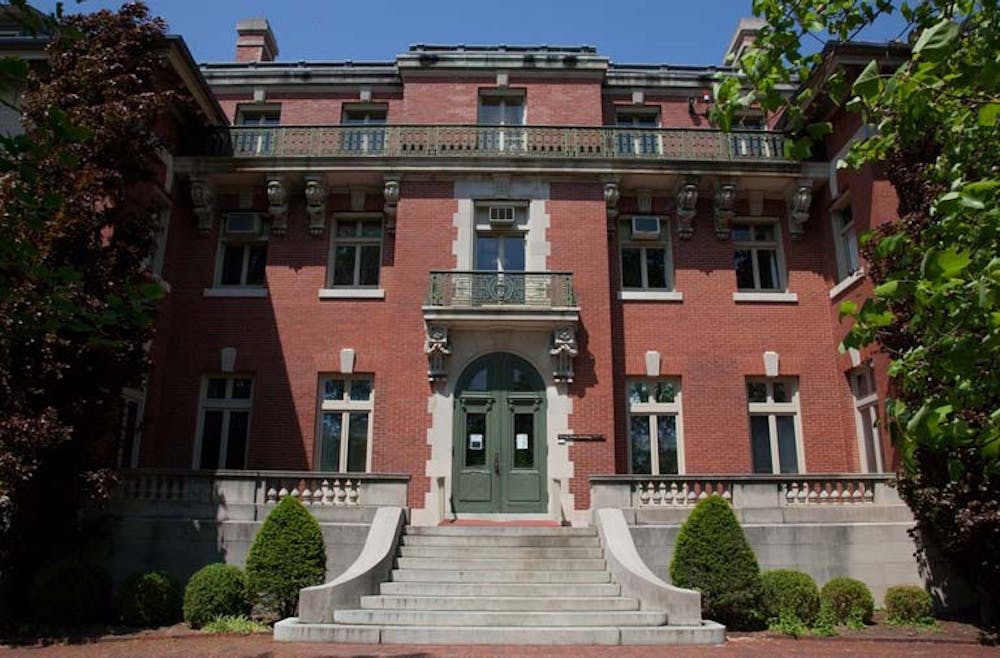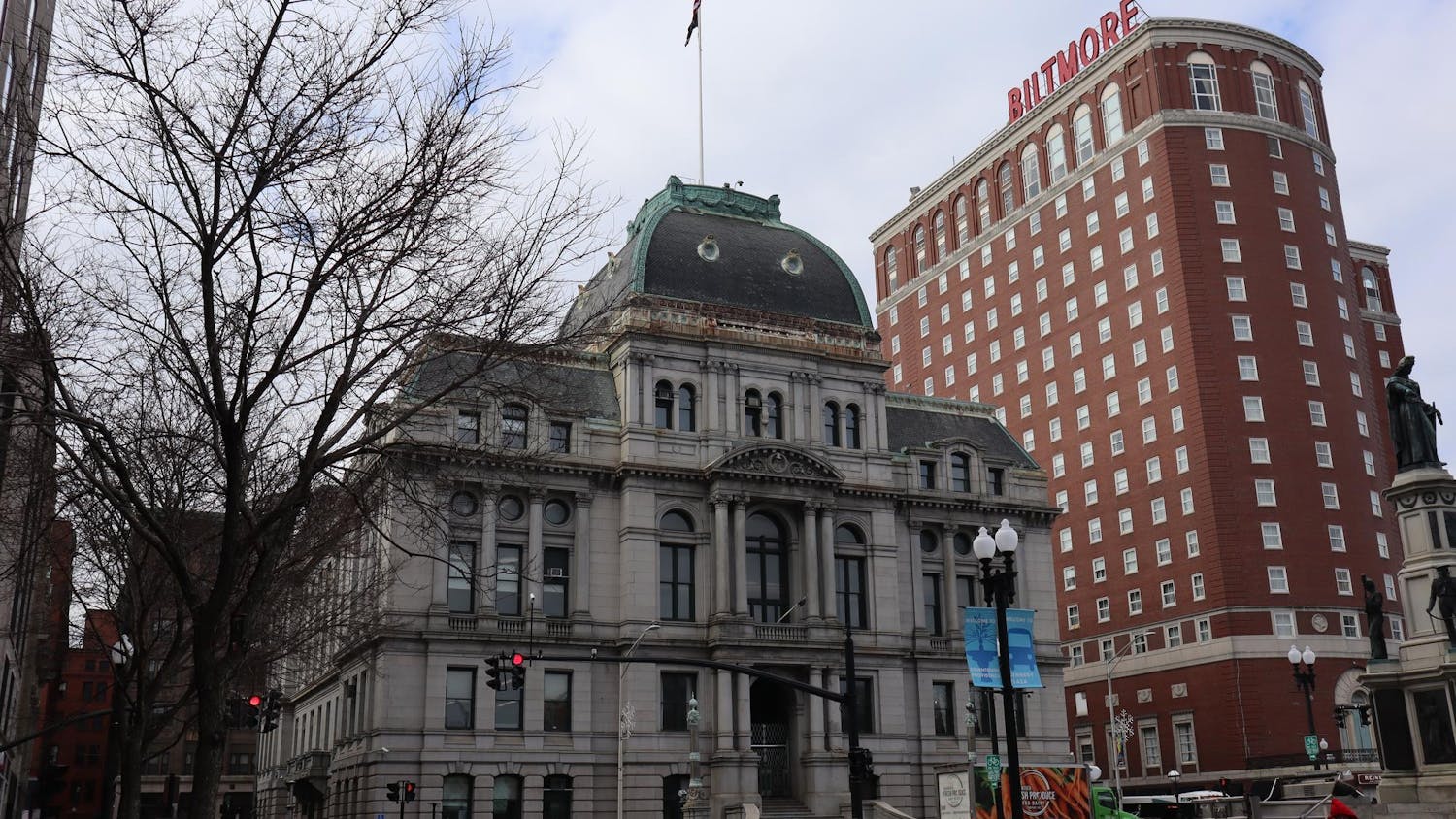A long-debated expansion to the historic district on College Hill, which includes three buildings owned by the University, was passed unanimously by the Providence City Council June 3.
The University had initially opposed the historic overlay because the Brown-owned properties included in the district would be subject to additional regulation, while residents largely supported the ordinance. Zoning laws and University expansion into the community have long been important issues to East Side residents and Brown alike.
One University property at 1 Young Orchard Ave, which includes the Orwig Music Hall, Grant-Fulton Hall and Morrison-Gerard Studio, lies in the expanded district.
The historic district overlay requires property-owners to follow more stringent regulations for modifying buildings and to obtain additional approval from the city to make any changes. More than 20 University-owned properties were included in the original plans for historic district overlay.
The University objected to their inclusion because it deemed existing regulation on the properties to be sufficient, The Herald previously reported. The number of included properties was reduced to three, and in a City Council meeting Feb. 25, the University again expressed objections to these three properties being included.
The University withdrew its petition against the proposal, according to University Spokesperson Brian Clark, after “extensive engagement with local community members and Providence Preservation Society leaders,” and after reaching the agreement to include one property with three buildings rather than three separate properties. “In the interest of supporting PPS’s overall goal of preserving historic College Hill buildings, we believe this solution offers a reasonable compromise,” Clark wrote in an email to The Herald.
Brent Runyon, executive director of the PPS, has been advocating to include historic properties in this expansion since the district’s conception in 2016. “In addition to retaining the architecture, materials and craftsmanship of those who built our city, studies have shown that locally designated historic overlays in residential areas help preserve (property) values even in downturns,” Runyon wrote in an email to The Herald. “The overlay in this area is an important tool in maintaining a residential area for families and professionals who want to live here.”
Runyon explained that while PPS advocated for the inclusion of more historic University properties, “we had to reach a compromise somewhere.”
“To meet the City Council's wishes, we worked with Brown on a compromise and included a single property with three important buildings,” Runyon wrote. The largest building on the property, the Sprague-Ladd house, was built in the Italian style in 1850.
Ward 1 City Councilman John Goncalves ’13 MA’15, a cosponsor of the ordinance, emphasized that this was an important step in maintaining the historic character of the East Side.
“I am proud to have worked with my council colleagues, neighbors, the Providence Preservation Society and community partners to expand the historic district and to protect the character and historic vibrancy of this beautiful neighborhood,” Goncalves wrote in a June 21 statement. “We heard from so many residents who love this neighborhood and want to maintain its beauty and honor the iconic style and architecture that makes College Hill feel like home.”
While many residents and leaders at PPS saw the passage of this ordinance as a preservation victory, broader concerns persist regarding continued University expansion into the College Hill neighborhood.
“The pace of demolitions and changes in order to house students is accelerating the loss of historic fabric near Brown University, which is what spurred the residents of the area to request our help in having the area designated a historic district,” Runyon wrote.
Recent revisions to the proposed Brook Street dormitories, for instance, have spurred community members to discuss University expansion, prompting tensions between residents and the University. The creation of these dorms would entail the demolition of three homes: 66-68 Charlesfield St., 70-72 Charlesfield St. and 245 Brook St. Residents have signed a petition, which advocates for the preservation of these buildings, to reduce the size of the dorm and maintain retail space, The Herald previously reported.
PPS supported expanding student housing but thought the revised plan for the dorm still did not “address or mitigate the concerns raised by neighbors” as of July 13. Designs and plans for the dorms will continue to be discussed in the coming months.
In a July 12 joint statement, Goncalves and Councilwoman Helen Anthony urged continued discussion about the dorms between the community and the University. “Moving forward, we remain hopeful and look forward to Brown University and President Paxson having a truly collaborative, robust and more meaningful dialogue with the neighbors of the East Side,” they wrote.

Katy Pickens is the managing editor of newsroom and vice president of The Brown Daily Herald's 133rd Editorial Board. She previously served as a Metro section editor covering College Hill, Fox Point and the Jewelry District, housing & campus footprint and activism, all while maintaining a passion for knitting tiny hats.





